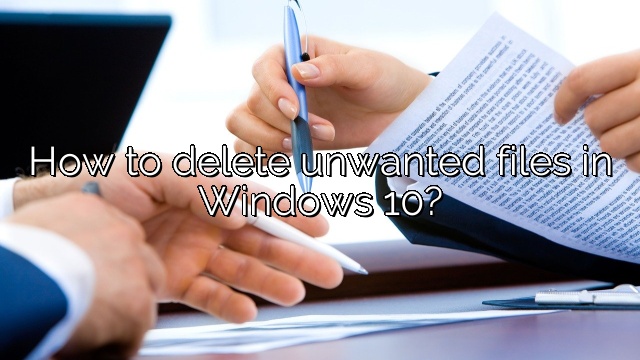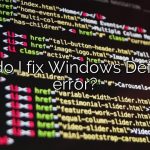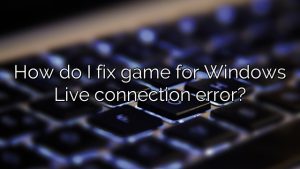
How to delete unwanted files in Windows 10?
How do I get rid of UAC (User Account Control)?
Use Windows Defender to scan your computer for malware. Disable third party security software. Switch to the first account with administrator rights. Add your salary to the group admin panel. Disable UAC (User Account Control).
How to delete unwanted files in Windows 10?
As a general rule, use the DEL command to delete the problematic file in a command prompt window. The last command should look like the following: C:\Documents and Settings\your user documents>delete name\my junk file.exe Delete folder. If someone is trying to delete a directory instead of a file, use whatever “RMDIR /S /Q” command is associated with the “del” command.
What happens to the folder when you delete a user?
From what I’ve read, depending on how you delete a user, sometimes some folders remain. typical windows. Indeed edited by the river; at 00:55.
How do I delete all files on my computer at once?
You can run Disk Cleanup from the Start menu – just type “disk cleanup”. It will immediately search for files that might be deleted next and show you an overview. However, this only appears for files that you can delete with the latest permissions of your user account.
What are system queued Windows Error Reporting?
Windows error reporting system spools are used by Microsoft Windows to check for and resolve errors. These files contain most of the error reports related to computer programs and hardware problems and are temporarily stored on the system.
What should I delete in Disk Cleanup?
Windows Update Cleanup.
Windows update log files. error
System dump files.
The Windows Error Report has been archived by the system. In the tail
Windows Error Reporting System.
DirectX shader cache.
Delivery optimization files.
device driver packages.
Is it safe to delete Windows Update Cleanup?
Cleaning up Windows Update
When you install updates other than Windows, Windows Update keeps older versions of system files. This way you will be able to uninstall updates and troubleshoot updates related issues. These MP3s can be safely deleted in a large percentage of cases.

Charles Howell is a freelance writer and editor. He has been writing about consumer electronics, how-to guides, and the latest news in the tech world for over 10 years. His work has been featured on a variety of websites, including techcrunch.com, where he is a contributor. When he’s not writing or spending time with his family, he enjoys playing tennis and exploring new restaurants in the area.










